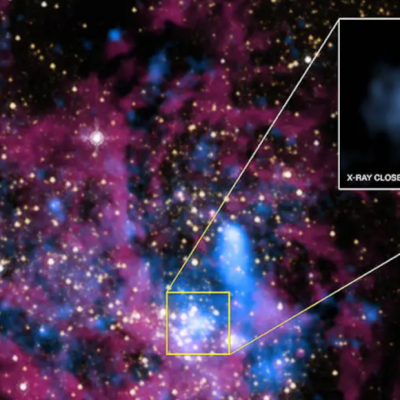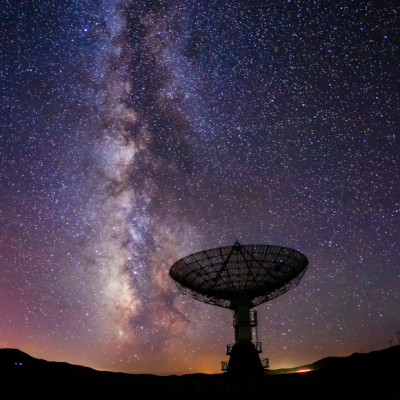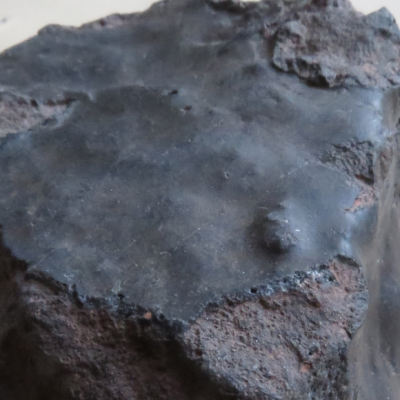In a groundbreaking discovery, scientists at Harvard University have found the first interstellar objects on Earth. The Galileo Project, led by astrophysicist Avi Loeb, aims to search for physical evidence of extraterrestrial life. Recently, Loeb and his team used a magnet sled to search for particles of the IM1 meteorite that crashed into the Pacific Ocean near Papua New Guinea in 2014. They discovered several tiny spheres made of an unusual material that could have an interstellar origin.
The researchers have since examined the spheres with an electron microscope at four locations, including Harvard University and a laboratory in Germany. According to the analysis published on the preprint server arXiv, the spheres contain several hundred times more beryllium, lanthanum, and uranium than is typical in our solar system. On the other hand, other metals like rhenium are scarce. This suggests that the spheres are indeed interstellar objects that did not originate from our solar system. Loeb speculates that the spheres could have formed in the interstellar space or during their entry into Earth’s atmosphere. However, he also considers the possibility that the unusual material composition was created by intelligent extraterrestrial life.
Loeb’s theory has sparked controversy among the scientific community, with some experts questioning the evidence and others supporting his hypothesis. Nevertheless, the discovery of interstellar objects on Earth is a significant milestone in the search for extraterrestrial life. The Galileo Project will continue to investigate and analyze any physical evidence that could provide clues to the existence of intelligent life beyond our planet.










